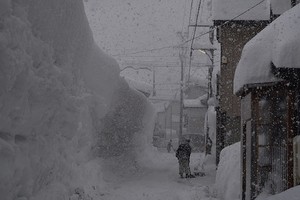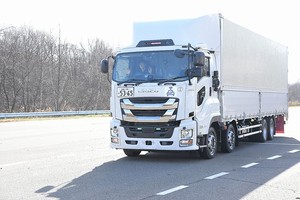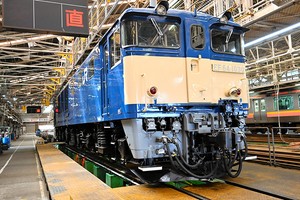THE ASAHI SHIMBUN
July 22, 2023 at 17:40 JST
Delays over the start of work on foreign pavilions for the 2025 Osaka Kansai Expo are casting an increasingly unsettling shadow over the outlook of the world’s fair, with the inevitable finger pointing that comes with any disaster.
Yoichi Miyamoto, chairman of the Japan Federation of Construction Contractors, told a July 21 news conference he conveyed his concerns to expo organizers last autumn that the work would not be completed in time because of the slow pace at which it was proceeding.
Since then, not a single application has been submitted with the Osaka municipal government for approval of pavilion construction. Although 56 nations have indicated they intend to construct their own pavilions, they still require prior approval from the municipal government before any work can begin.
“At present, the situation is very severe” Miyamoto said in reference to whether the pavilions can be completed in time for the April 2025 opening of the expo.
Miyamoto, who is also chairman of leading construction company Shimizu Corp., was asked about a comment by Hiroyuki Ishige, secretary-general of the Japan Association for the 2025 World Exposition, that construction work would be completed in time if work began before the end of this year.
“We at the federation have no idea what he based that assessment on,” Miyamoto said.
He said that when asked he has never told expo organizers whether the construction would be completed in time.
“Even if construction begins this year, that still means we only have one year, a very difficult prospect,” Miyamoto said.
Alluding to concerns he raised in September 2022, Miyamoto said he was bitterly disappointed to find nothing of note had been accomplished since then.
“Everyone has to cooperate to decide on how we should proceed,” he added, blaming the situation on the slowness of foreign governments to finalize their pavilion plans.
The initial idea for the Osaka Kansai Expo came from Toru Hashimoto, when he headed the Osaka Ishin no Kai regional party in 2014. At that time, the proposal received the full backing of Prime Minister Shinzo Abe, whose Cabinet later gave its backing for Osaka’s plan to bring the expo to western Japan.
But now sources with Nippon Ishin (Japan Innovation Party) are pointing the blame at Prime Minister Fumio Kishida for his lack of enthusiasm in promoting the expo.
Kishida has maintained his distance from Nippon Ishin in comparison to Abe and his successor, Yoshihide Suga.
Matters got more tangled after expo organizers offered to serve as an agent for pavilion construction on behalf of foreign governments.
That would effectively put foreign governments in the position of renting out facilities constructed by expo organizers, thereby massively downgrading the uniqueness of each pavilion.
One of the key attractions of any expo is how governments portray their country, culture and customs through eye-popping pavilion concepts.
Having all 56 nations construct their own pavilions is no longer a viable option, expo association sources said.
“Of those 56 pavilions, about 10 can no longer be constructed,” said a high-ranking official of the Osaka business sector.
A decision announced July 21 demonstrated the problems facing other nations.
The Kinki Regional Development Bureau, which operates under the Ministry of Land, Infrastructure, Transport and Tourism, said that a contract had been signed with Shimizu for construction of the Japan pavilion.
The contract was for 7.678 billion yen ($54 million), about 900 million yen higher than the original proposed cost. That low figure led to a failed attempt to secure a bid for the contract, resulting in the decision to sign a discretionary contract with the construction company of the government’s choice.
(This article was written by Akifumi Nagahashi, Amane Sugawara, Kazuhito Suwa and Ryo Aibara.)




















A peek through the music industry’s curtain at the producers who harnessed social media to help their idols go global.
A series based on diplomatic documents declassified by Japan’s Foreign Ministry
Here is a collection of first-hand accounts by “hibakusha” atomic bomb survivors.
Cooking experts, chefs and others involved in the field of food introduce their special recipes intertwined with their paths in life.
A series about Japanese-Americans and their memories of World War II